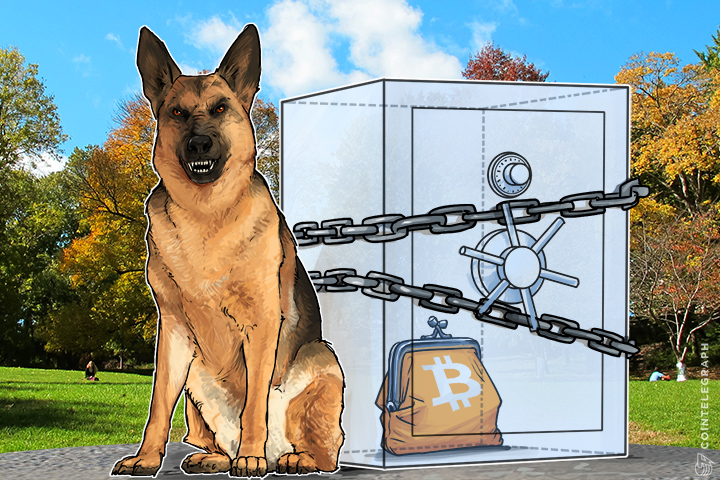As the risk of having your password leaked is rather high nowadays and millions of reported cases are not resolved yet, every Bitcoin and other digital currency users should remember to improve his or her account’s security.
Cointelegraph has looked into the best of ways to secure your Bitcoin Wallet and made a list of tips to follow.
Recent setbacks
Last month, CoinWallet.co announced the closure of its platform primarily because it suffered a data breach on the 6th of April.
It says:
“This incident prompted us to reassess the viability of running coinwallet.co and it was decided it is just not viable taking into consideration the risk, costs and time involved.”
The same hacker who was selling the data of more than 164 million LinkedIn users later claimed he had 360 million emails and passwords of MySpace users, which would make it one of the largest leaks of passwords ever. Some of them were offered for sale online.
Users of a German service called TeamViewer, which allows customers to log into their computers remotely, have recently complained that their most valuable accounts - email, bank, and PayPal accounts - were controlled by someone else.
Hundreds of Spotify account credentials – including emails, usernames, passwords, account type and other details – were seen on the website Pastebin after they were reportedly compromised a few days earlier.
Taking precautions
Although the fact that there is no central administrator from which a replacement private key could be requested in the event of a loss has been a concern for some wallet users, the safety of their platforms and their accounts are becoming a priority too.
For those who are familiar with it, using two-factor authentication has been helpful. However, it is expedient to fortify a device with another security programme that would ensure its watertight protection.
Before the rising trend of Bitcoin, some researchers were able to uncover a group of individuals who crack Bitcoin wallets through the Brain Wallet technique to empty users’ funds.
Their discovery follows other research that found a faster and more cost-effective way of breaking Bitcoin "brain wallets." The speculative rise in the price of Bitcoin is likely to attract further attacks.
Users can go physical with their Bitcoin wallet on a smartcard device such as Ledger Nano which connects directly to a USB port to manage user’s account, protects bitcoins and makes safe payments. Or with Ledger Unplugged, also a Bitcoin wallet but on a credit-card-sized Java Card prepared in partnership with Fidesmo. Others are BitKey which comes in the form of a system image that boots from either a USB drive or a CD ROM; and the Bitcoin Credit Stick from OpenDime which allows users to spend Bitcoin like a dollar bill.
Users can join the call for a proof-of-reserves by Bitcoin exchange platforms. In an effort to calm customers fears after the bankruptcy and closure of the Mt. Gox Bitcoin exchange, in which 650,000 bitcoins belonging to customers of the exchange were lost or stolen, some exchanges have taken to periodically publishing data proving their solvency: an anonymised list of their customers account balances and a list of Bitcoin addresses owned by the exchange along with a signature that proves the ownership.
Recent launch
SatoshiLabs has announced the launch of Trezor Password Manager. It brings advanced cryptography to computer users regardless of their skill level, uploading encrypted data to user’s private cloud storage to make it always available when needed.
Instead of typing a master password to unlock the entire password database, the user only “unlocks” the device — with a secure PIN entry, protected against keyloggers. The PIN also prevents unauthorized physical access.
